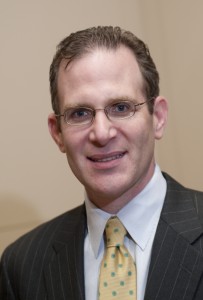Sep 11
2014
As Payers Adopt Coordinated Care Model, Results Suggest Everyone Wins

Guest post by Cliff Bleustein, M.D., M.B.A., chief medical officer, Dell Services.
For decades, reimbursement for the time spent coordinating care and keeping people healthy has been mostly non-existent. But the tide is turning, as government and private payers see that coordinated care and the time spent keeping people healthy can lower the amount of money they spend treating illness.
Primary care physicians are even seeing higher reimbursements in some areas. For example, beginning in 2011, CareFirst BlueCross BlueShield, the largest insurer in the Washington, D.C., area, substantially raised reimbursement rates for general internists and family practitioners who adopted the medical home model, which emphasizes care coordination. They also rewarded them with significant bonuses if they met quality standards and reduced costs. They also provided the physicians with round-the-clock nursing assistance to help with their sickest and riskiest patients.
CareFirst CEO Chet Burrell said in news reports that the program is saving “hundreds of millions of dollars in accumulated, avoided costs.”
Government payers are also reaping benefits from coordinated care, including Medicaid, Medicare and the Veteran’s Administration.
That’s good news for everyone. Coordinated care requires an upfront-investment in people and technology that is often beyond the resources of a primary care practice, but it is far less expensive than the business-as-usual, uncoordinated care that has seen costs rise at double the rate of inflation for most of the past two decades. If public and private health plans make that upfront investment, paying for the time and the needed resources, they can reap the financial benefits while patients reap the benefit of better health.